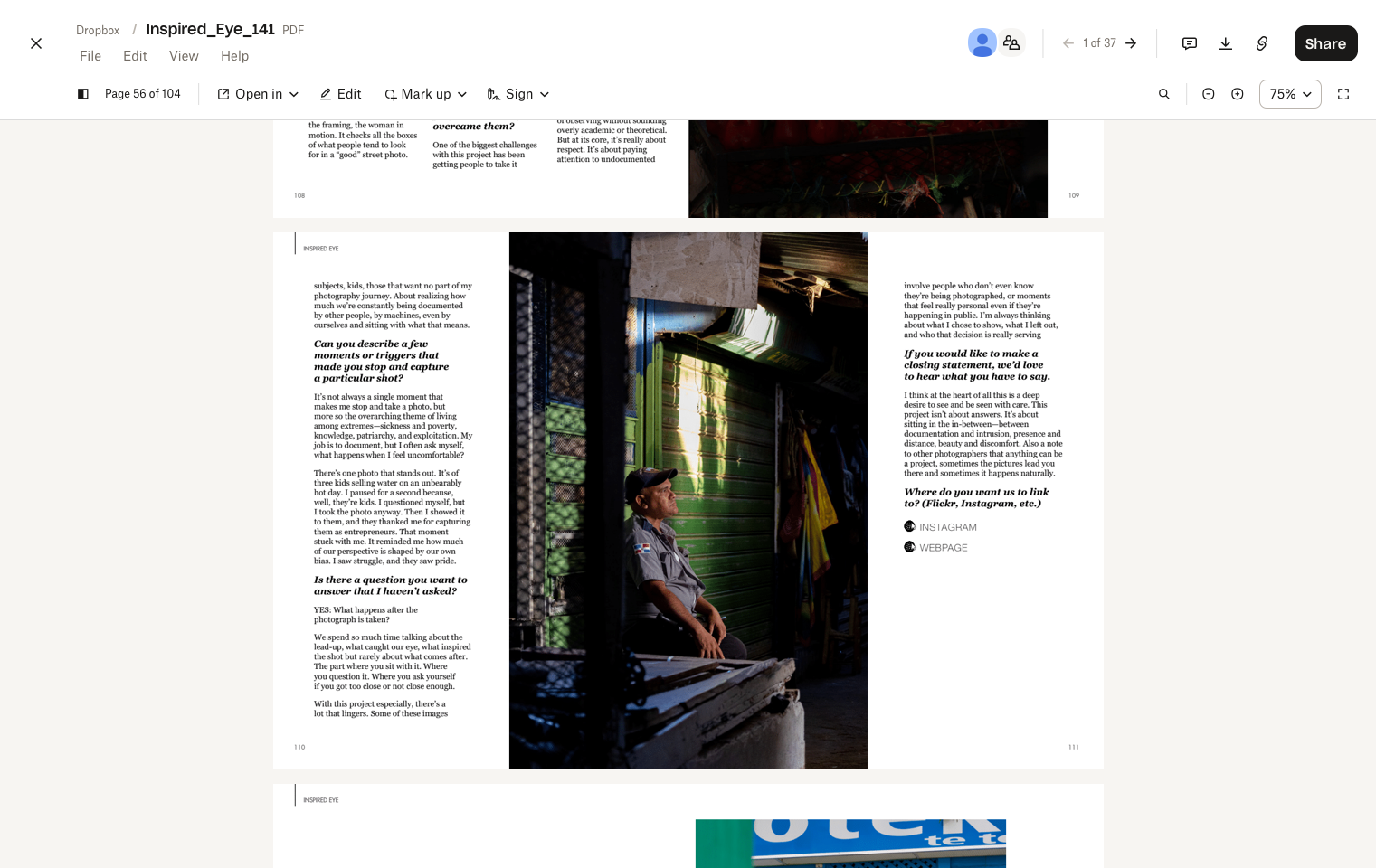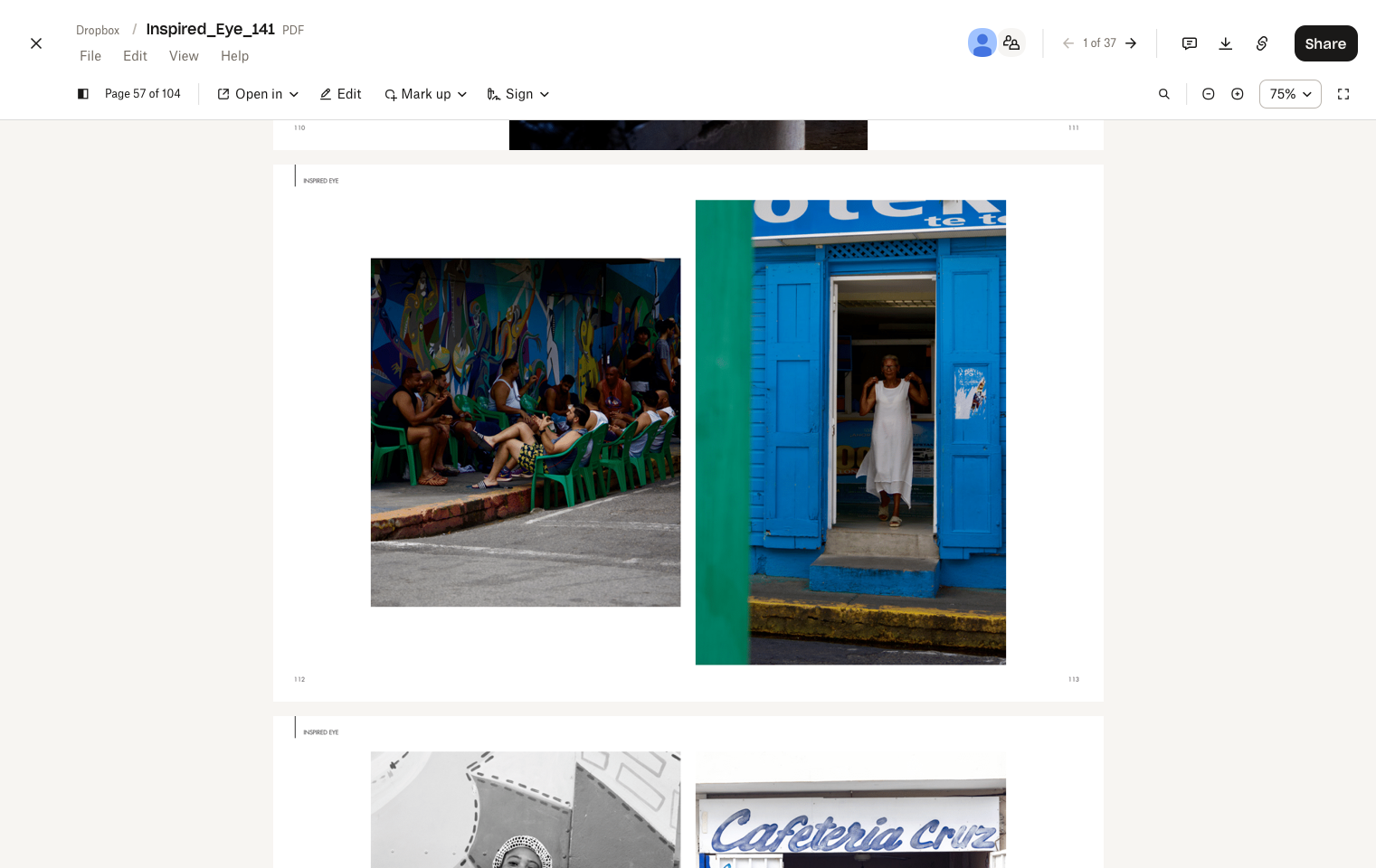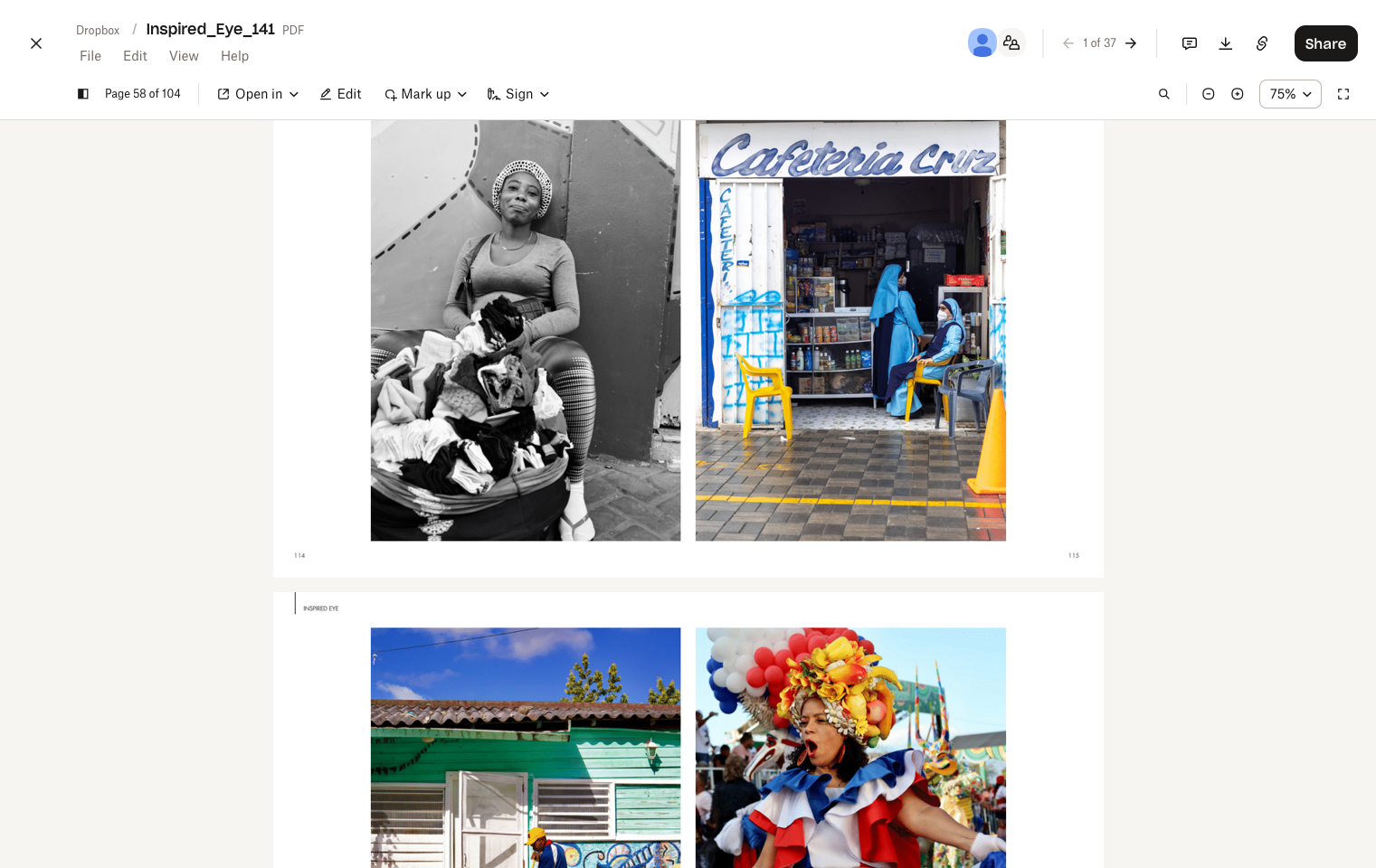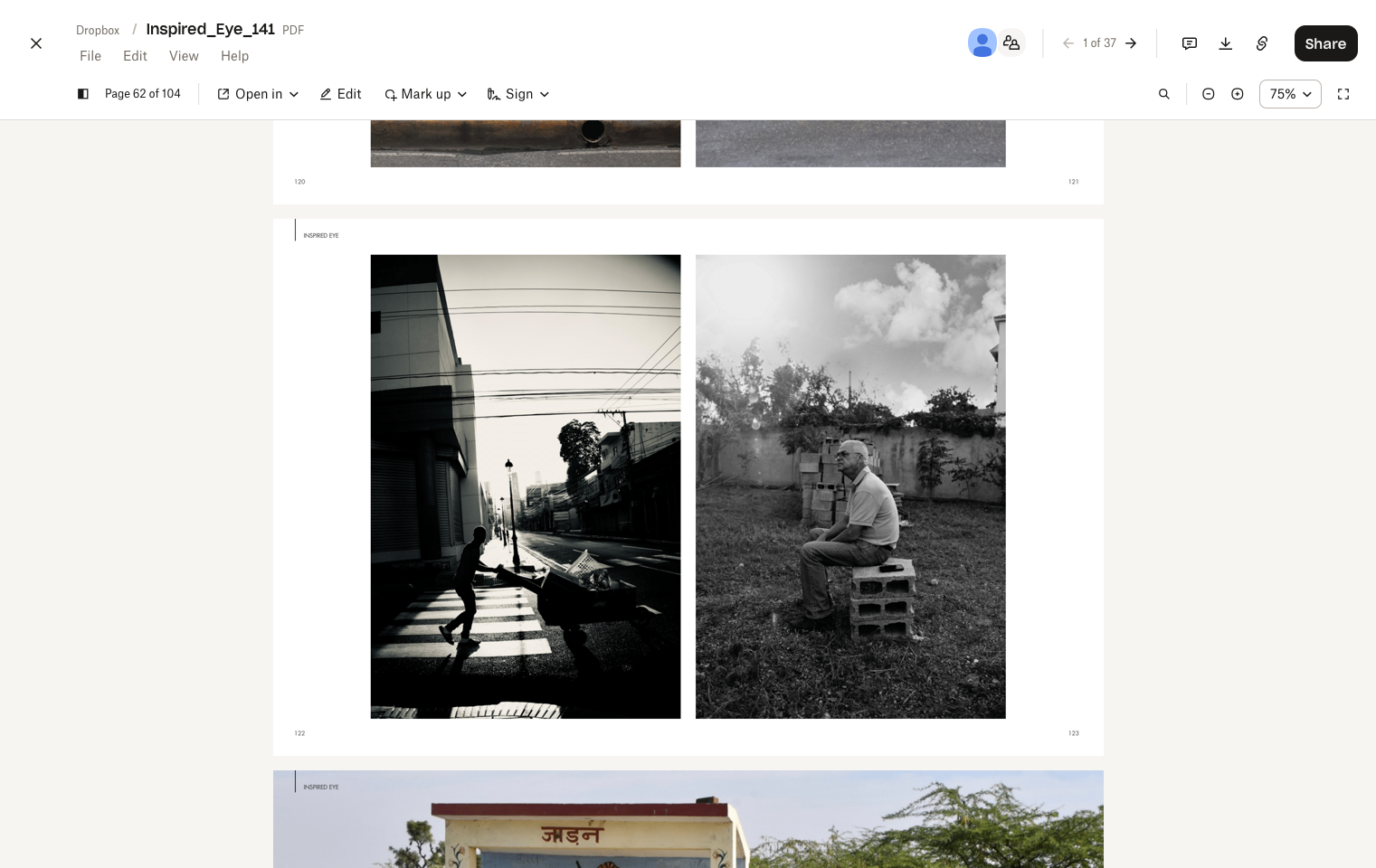Inspired Eye Magazine
Interview with Inspired Eye Magazine June 2025 Edition
A couple of questions from the interview.
What is your project about? What inspired you to start this project?
The inspiration for Privacidad Condicional: vigilancia y una cámara came from? I was living in Manhattan, and my family was back in the Dominican Republic. My dad and I had this funny back-and-forth where he’d send me Google Street View screenshots of different places in Santiago, just to show me what had changed. One day, we got into a light argument about a pizza shop in Queens. He was convinced it was still open. I told him it had closed. I didn’t feel like taking the train to prove it, so I sent him a Google image. It wasn’t until much later, while cleaning out my iPhone, that the idea for this project took shape. I found those old screenshots and realized how much we depend on images—not just to remember, but to prove, to argue, to feel close. Especially when there’s distance involved: geographic, emotional, or otherwise.That realization led me to explore the shifting relationship between photographer and subject, especially in a time when surveillance is everywhere and visual documentation is constant. Privacidad Condicional looks at what it means to observe and be observed, and what happens when that act becomes impersonal or even invisible. I started the project by using Google Street View images of Santiago, automated, authorless shots taken without intention. I then photographed the same locations myself, in color and in person, trying to move closer, both physically and emotionally.The result is a study in contrast: two ways of seeing the same place. One is mechanical, systematic, detached. The other is human, subjective, and rooted in presence. In today’s world, we’re surrounded by surveillance from health apps and livestreams to street cams and satellites yet there are so many parts of this country that have yet to be touched. Before we can understand how surveillance works, we have to look at the role of the camera itself. What are we saying with each frame? What are we taking? What are we giving?Through photography, Privacidad Condicional explores the blurred lines between candid observation and surveillance, between privacy and exposure. It asks where we draw the line and whether that line still exists at all.
Is it an ongoing project or complete? When will you know when you are “done”?
Privacidad Condicional is very much an ongoing project and in many ways, I don’t think it will ever really be “done.” The relationship between visibility, technology, and photography is constantly shifting. Every day, new tools, platforms, and forms of surveillance reshape how we see and how we’re seen. As long as that keeps evolving, so will the work.Even the source material—Google Street View—is in flux. Google updates its Street View imagery roughly every one to three years, depending on the location. In major cities, updates might happen annually, while in more remote or less-trafficked areas, it could take longer. So every time I return to the project, the digital version of Santiago might look slightly different. That constant change reinforces the core of what I’m exploring: how fragile and fleeting photographic “truth” can be, and how images are always just one version of reality, never the whole story.Rather than aiming for a finished product, this project acts as a living archive of places, of perspectives, of the complicated space between memory and surveillance.














